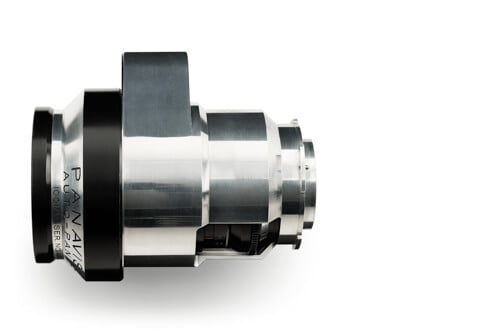Mihai Malaimare Jr. on the cinematography of The Hate U Give
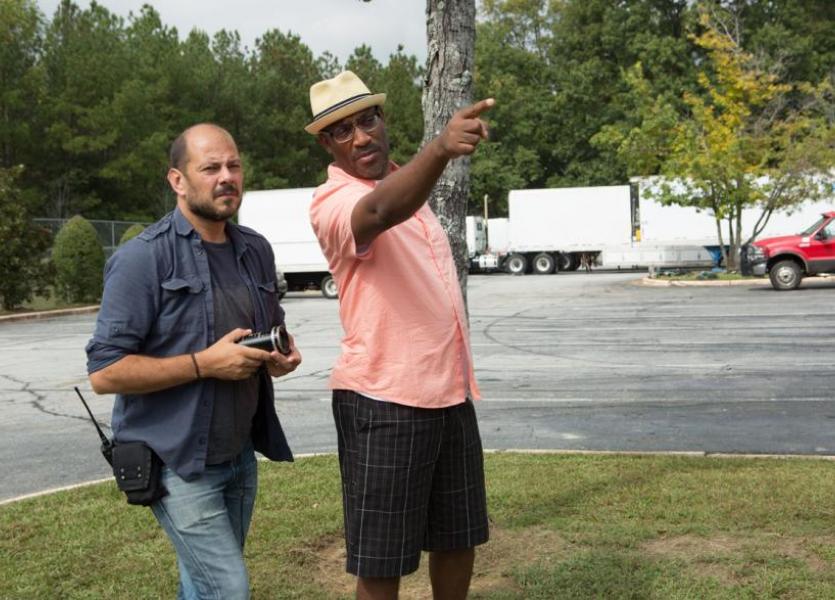
First a short story, then a debut novel aimed at young adults, and now a feature film, The Hate U Give sprang from the experiences of Angie Thomas. The narrative incorporates incidents of young African-Americans and law enforcement, many of which are unfair and some even fatal. The novel debuted at number one on The New York Times best-seller list in February 2017, and the film premiered at the Toronto International Film Festival less than a year and a half later.
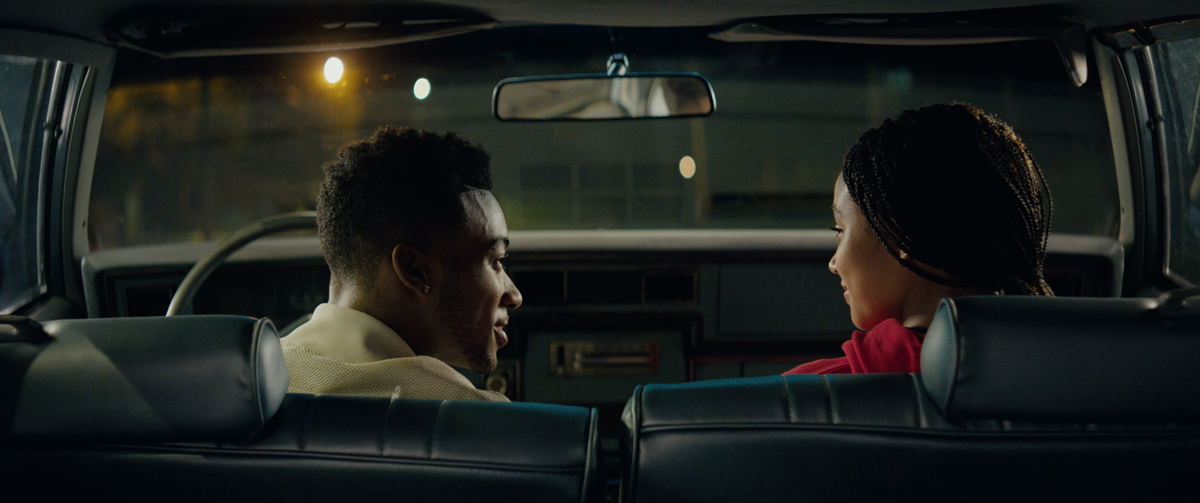
For the cinematic version, director George Tillman Jr. and cinematographer Mihai Malaimare Jr. sought to create a clear distinction between the two worlds inhabited by the main character Starr Carter — the predominantly white private school she attends and the neighborhood where she lives.
Malaimare had recently shot a commercial with the Panavision Millennium DXL camera with 1.3x anamorphic Ultra Panavision 70 lenses, saying he was “blown away” by the look. During prep, he and Tillman saw a commercial for Procter & Gamble called “The Talk,” which was shot anamorphic by Lasse Frank. That spot depicted difficult conversations about racism between black parents and their children over several decades.
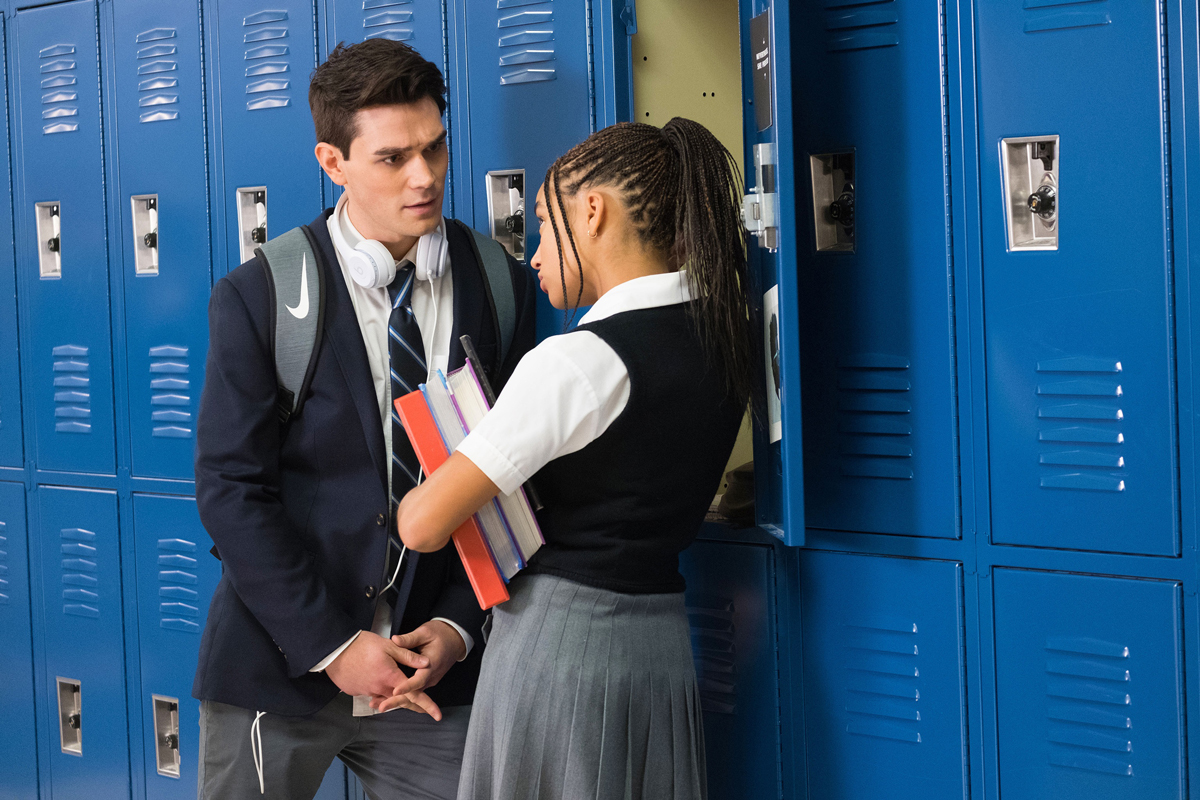
“The commercial is amazingly powerful,” says Malaimare. “It showed us that you can tell an intimate, powerful story really well in anamorphic. We felt that would give us the right look for Starr’s neighborhood, and that the 1.3x squeeze and the large sensor would make the jump to spherical for the private school world easier. We knew our approach to production design and grading would also help us make the private school cooler and the neighborhood warmer.”
The transitions were sometimes smoothed by the use of spherical Russian Helios lenses, still photography lenses that Malaimare recalled from his film school days in Romania. “They have a certain distortion and falloff that you cannot really find in a modern lens,” he says. “Dan Sasaki at Panavision helped us find the two focal lengths that were most interesting and useful. We would often use them at the beginning or end of a scene, just before or after we transition to anamorphic."
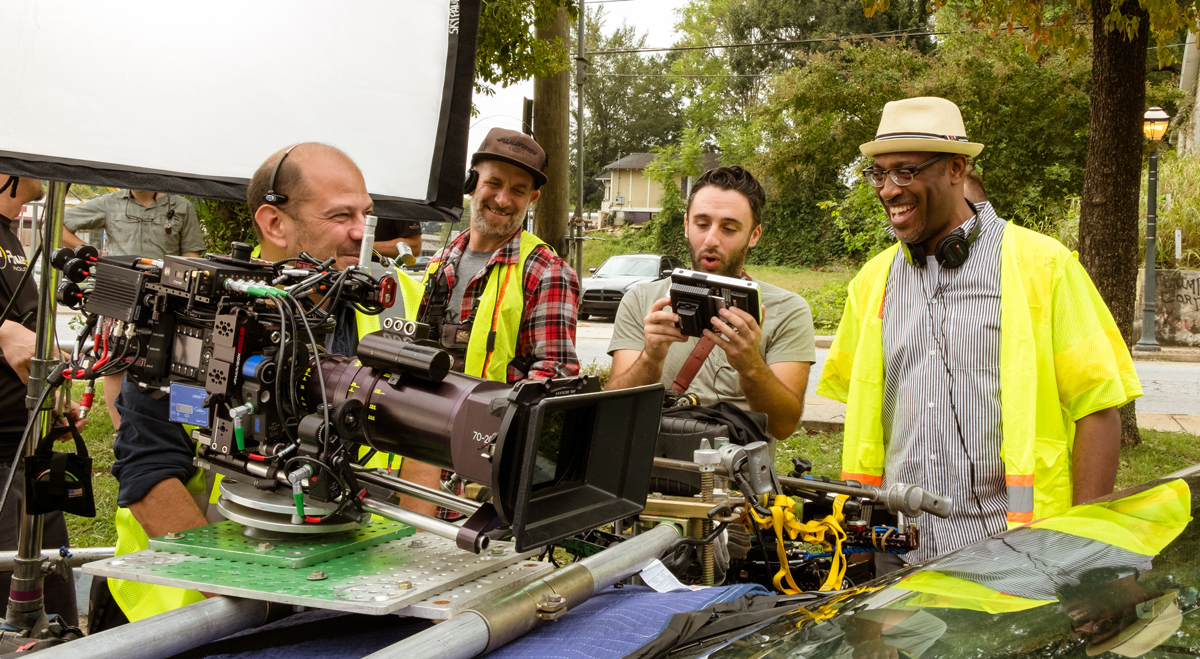
Panavision also provided the Primo 70 spherical lenses, as well as the Ultra Panavision 70 glass used for the 1.3x squeeze, which are refurbished lenses originally built more than 50 years ago and brought out of retirement by Robert Richardson ASC on The Hateful 8. The Millennium DXL’s sensor provided a huge canvas that changes angle of view for a given focal length and lends the image a grandeur that cinematographers consider closer to human vision. The 1.3x image fills the DXL’s big sensor, while the spherical scenes were done by extracting a 2.39:1 image from the center.
“What blew me away about the camera was the reproduction of skin tones,” says Malaimare. “The image is so much more pleasant. For me it was important to test how much I could go up or down and still recover an image. I could overexpose four stops and still recover it, and no one could tell. In the shadows, it falls quite drastically, which I enjoyed — it means you can go back to the old style of doing things, and actually light scenes with a more classical approach. Instead of shooting with two streetlights and a candle, we can work with more intention.
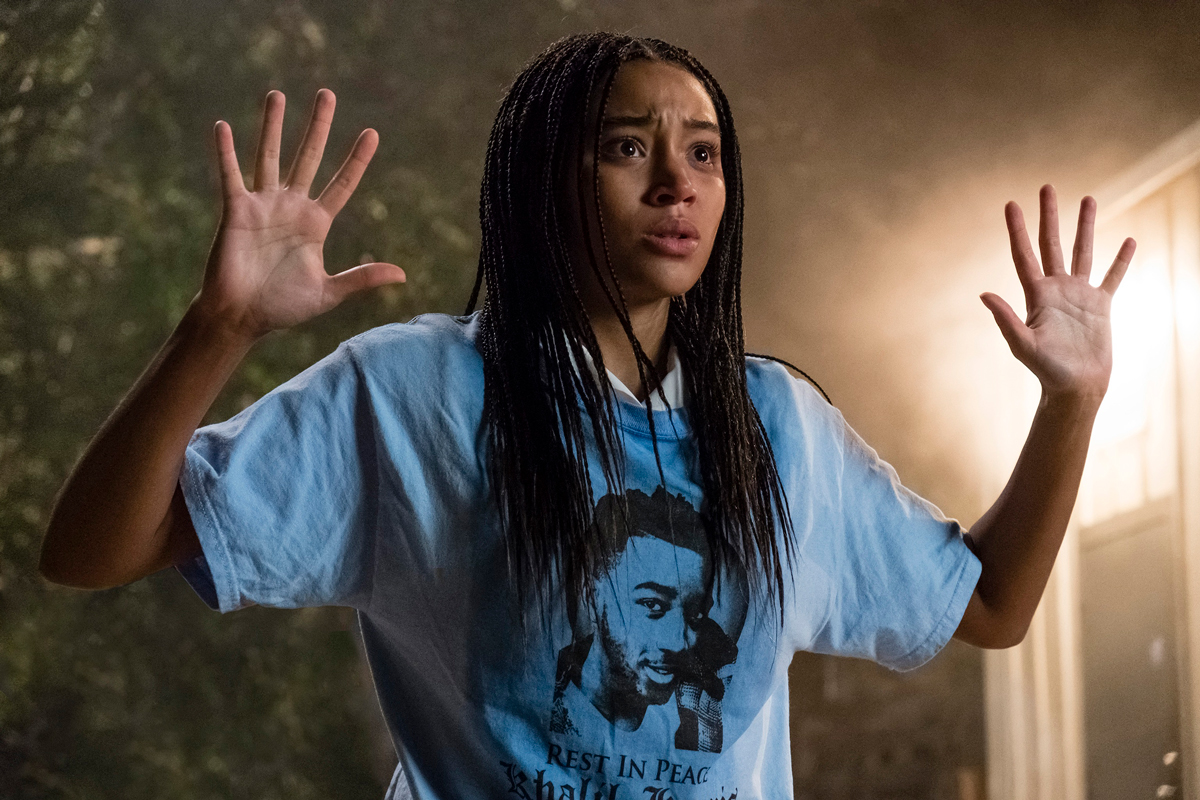
The question of camera movement was answered by focusing on Starr’s perspective. “We tried to come up with a rule for when to shoot handheld and when to shoot Steadicam,” says Malaimare. “Once we realized we should let Starr’s character guide our camera movements, it became so easy for us to decide when we wanted to go handheld to follow her or stay more static.”
That approach led the filmmakers to use handheld body cams and dash cameras for car interiors from Starr’s perspective. We don’t see the cops, and we don’t get out of the car, until she does.

Malaimare notes the irony in using a state-of-the-art professional cinema camera with vintage lenses chosen for their distinctive flaws and imperfections. “When I was a film student, I remember the 58mm Helios lens on the Zenit Russian still cameras, and thinking that I hated them,” he says with a laugh. “I wished I had a 50mm Nikon so I could shoot better stills. Now I’m bringing all this crazy glass to the digital sensor. I was never really interested in making digital look like film. They’re two different things, and if you embrace that, they can both look amazing.”
Photo credit: Erika Doss, Daniel McFadden

